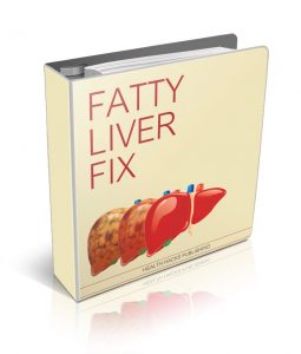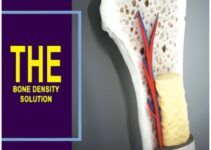Regular intake of alcohol is harmful to the body – everyone knows this simple truth, even a person who is not really from medicine. It is also not a secret that the abuse of alcoholic beverages can lead to cirrhosis of the liver – a violation of the structure and functions of this important organ. Of course, modern medicine can help patients with a diagnosis of “liver cirrhosis.”
But the treatment will be more effective, and liver changes are minimal and reversible if the patient turns to a specialist at an earlier stage, called fatty hepatosis or a “fatty liver”. By the way, friends, the new ebook Fatty Liver Fix presents a unique technique for treating fatty liver at home. I recommend studying this guide to everyone who cares about their own health.
What is a fatty liver?
The “fatty liver” has many other names: hepatic steatosis, fatty hepatosis, fatty degeneration of the liver. All of them reflect the same pathological condition – excess fat deposition in hepatocytes. The normal fat content in the liver is 5%, with fatty hepatosis sometimes reaching 50%. The term “fatty liver” is widely used because it is understood by both specialists and patients.
Similar to a man with excess weight, fatty liver is susceptible to various diseases, but this condition is reversible. If the treatment is started in time, aimed at eliminating the causes of fatty hepatosis, you can achieve restoration of the structure of the liver and its functions. That’s why I suggest you download the book written for you by the Health Hacks Publishing team.
Causes of fatty liver development
There are many factors that provoke the deposition of fat in the liver, but one of the most common is alcohol. Approximately in two-thirds of patients, it is the reception of frequent intake of hot drinks that causes fatty liver. Specialists even share liver diseases for alcohol and non-alcoholic groups.
Everyone knows that getting into the body, alcohol begins a cycle of chemical transformations that are impossible without the involvement of cellular liver enzymes. The products of decomposition of alcohol formed during oxidation damage the shell of liver cells and worsen the function of enzymes responsible for the induction and oxidation of fats. As a result – the violation of metabolism and accumulation of fat in cells.
Fatty liver is a frequent diagnosis of a modern person. Patients, having learned about the diagnosis, are often surprised, since they do not consider themselves to be drinkers. Nevertheless, a repeated glass of cognac or vodka for lunch or dinner can also cause pathological changes in the liver. It is worth noting that fatty liver dystrophy in women develops faster and takes place in a more severe form.
The causes of fatty hepatosis also include:
- diabetes,
- obesity,
- hyperlipidemia – increased content of some fractions of fat in the blood due to genetic causes and malnutrition.
- Less often the fatty liver develops for the following reasons:
- taking certain medicines,
- surgical interventions in the gastrointestinal tract.
Often specialists have to diagnose fatty hepatosis as a consequence of a combination of several factors listed above. Overeating is also one of the main enemies of the liver besides alcohol. In addition, there are a number of products that adversely affect the liver. It:
- marinated products,
- smoked products,
- spicy food,
- seasonings,
- products with preservatives and stabilizers,
- carbonated drinks,
- fat meat,
- fats,
- radish,
- horseradish,
- garlic,
- margarine,
- mayonnaise,
- strong coffee.
Symptoms of fatty liver
Fatty hepatosis makes itself felt like the damage to the liver cells, in other words, the symptoms of the disease manifest themselves depending on its stage. The symptoms of fatty liver are especially pronounced in the third stage, but then the treatment of the disease is almost impossible, the only option is a liver transplant.
Nevertheless, it is possible to notice manifestations of fatty liver dystrophy earlier, if you carefully monitor your health. The main symptoms of fatty liver are:
- heaviness in the abdomen, in the region of the liver (right upper quadrant of the abdomen);
- periodic nausea or vomiting,
- dysbacteriosis or its individual manifestations,
- deterioration of the skin,
- deterioration of vision.
It should be noted that the expressed symptoms are observed only with acute fatty hepatosis, in other cases, the disease is asymptomatic, especially at the 1 st stage. I wish you good health, dear readers.





